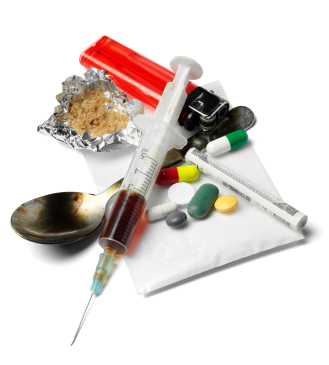Medicine is a dangerous thing. In fact it’s likely the most dangerous thing you will encounter in your life. It’s a peculiar thought when it’s meant to be the very thing to help us stay healthy. Our issue, at the ANH, is that medicine has forgotten that staying healthy is all about nurturing. And, unsurprisingly, the best way of nurturing is with nature.
Side effect and surgical disasters of the week
Let’s remind ourselves what’s really happening in mainstream healthcare. Take two cases that appeared this week. First, we have the 13-year-old schoolgirl who has been left with extreme exhaustion and is unable to walk or talk since having the controversial HPV vaccine. Next there was Graham Lord, an Australian man who was misdiagnosed with stomach cancer and then had 80% of his stomach removed before the mistake was discovered.
Let’s face it, if you get hospitalised, you could be exposed to very significant risks from infection, you could get drugged to death, or you might be cut open unnecessarily.
Pharmacy and polypharmacy: more harm than good?
In the UK, adverse drug reactions cost the NHS £2 billion annually. A Swedish study has revealed that 3% of Swedes die from adverse drug reactions, making them the seventh most common cause of death in the country.
In the USA, deaths from preventable medical and surgical injuries, preventable infections in hospitals and adverse drug reactions which follow the non-error prescription of drugs combine as the third leading cause of death. The situation appears more or less similar in most other western countries.
The UK’s Medicines and Healthcare products Regulatory Authority (MHRA) simply says that ADRs “are common”.
An analysis of UK hospital admissions found that:
- 6.5% of admissions were related to ADRs
- the annual cost of drugs to the NHS equates to around 18% of its annual budget, which works out as an average of over £170 per year for every single UK resident
- over 2% of patients admitted with an ADR died, suggesting an overall fatality rate from ADRs within the population of 0.15%
- And, most important, a staggering 72% of ADRs were definitely or possibly avoidable!
Sadly, here is the solution proposed by Professor Jim Ritter, of St Thomas’ Hospital in London, also the editor-in-chief of the British Journal for Clinical Pharmacology: “…to prescribe a second agent to prevent an anticipated ADR associated with the primary therapeutic drug”. And what then? A third to side-step possible ADRs of the second agent? And then maybe a fourth?…this is why polyharmacy has become the norm, particularly among older people who are more likely to express symptoms of disease. This sub-population is considered ripe fodder for the prescription machines that so many general practitioners have become..
Brief focus on the US
The Annual reports from the American Association of Poison Centers published in the journal Clinical Toxicology always make an interesting read. The latest published report reminds us that more time is spent on information calls dealing with pharmaceuticals than on any other single toxin, and that drugs are easily the greatest source of risk to which we are exposed. This latest report also shows 276,694 cases of exposure caused by ‘therapeutic error’, 44,460 cases of adverse drug reactions – and for the sake of comparison – 5,718 cases resulting from adverse reactions to foods.
On the surface, it seems the Centers for Disease Control and Prevention (CDC) may be looking out for us a little. It has recently published a factsheet that claims that deaths arising from the use of “prescription painkillers” has reached “epidemic levels” in the US. Apparently, they exceed deaths from heroin and cocaine combined. The CDC, however, once again relies on the doctor to solve the problem. It states: “Improving the way prescription painkillers are prescribed can reduce the number of people who misuse, abuse or overdose from these powerful drugs, while making sure patients have access to safe, effective treatment.”
Dreaming about a revolution
We don’t hold out a lot of hope for change here, at least until there has been nothing short of a full-scale revolution within the medical system.
As it happens, that’s exactly what Rob Verkerk, our executive and scientific director, ponders in his blog this week.








Comments
your voice counts
There are currently no comments on this post.
Your voice counts
We welcome your comments and are very interested in your point of view, but we ask that you keep them relevant to the article, that they be civil and without commercial links. All comments are moderated prior to being published. We reserve the right to edit or not publish comments that we consider abusive or offensive.
There is extra content here from a third party provider. You will be unable to see this content unless you agree to allow Content Cookies. Cookie Preferences